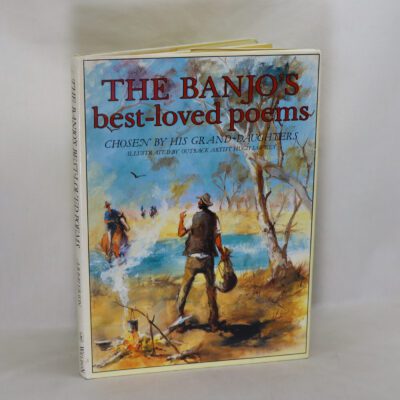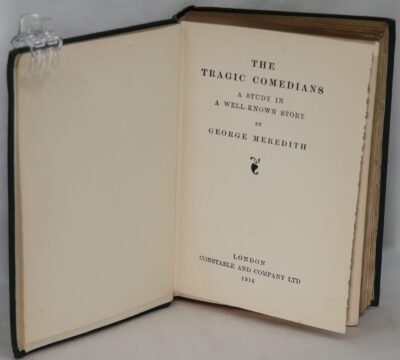Dante. The Maker.
By William Anderson
ISBN: 9780710003225
Printed: 1983
Publisher: Hutchinson. London
| Dimensions | 15 × 23 × 3 cm |
|---|---|
| Language |
Language: English
Size (cminches): 15 x 23 x 3
Condition: Very good (See explanation of ratings)
Item information
Description
Paperback. Cream and light blue with title and portrait on front board.
We provide an in-depth photographic presentation of this item to stimulate your feeling and touch. More traditional book descriptions are immediately available.
- This used book has a £3 discount when collected from our shop
Examines the great Italian poet’s creative processes in terms of his own description of them, as well as recent discoveries in neuropsychology, and discusses the inspiration, composition, and levels of meaning for his major works.
Review: Not the book I expected, but a delight. Contrary to the jacket blurb by RWB Lewis and at least one comment, I do not consider this a comprehensive “biography” of Dante, although surely it illuminates his life in fresh and striking ways. Rather, as the title implies, this is about Dante as a “maker” of poetry, and particularly a study of the poetic method and conscious (and unconscious) processes by which he created his great works. These works include his finished and unfinished prior works, which Anderson shows as pre-figuring the extraordinary consummation of the Commedia.
It is no surprise that this book won the Silver PEN Award on its initial publication. It is scholarly, erudite and very well written. Frankly, after the opening sections moved into a close consideration of the language and form of Dante’s art, I feared that it was about to become too academic for my taste — or at least for what I was looking for at the moment. If not that, I feared that it would likely become too dry in “careful” academic style. My fears were unjustified. Indeed, Anderson is painstaking in his examination of the literary, philosophical and psychological influences at work on and through Dante in his time. But he proceeds with a lightness of touch and style that never loses the reader. And what emerges is a marvelous reconstruction of a cultural and individual mindset, and how these frame and fertilize, but never dictate Dante’s free and conscious act of making of art.
Anderson is particularly concerned with the relation of levels or kinds of consciousness and Dante’s creative art, and argues persuasively for how Dante uses these varying kinds of consciousness in his art. [As a side-note, Anderson’s own final work before his death, “The Face of Glory,” evidently attempts a synthesis of his thought about creativity and connections between artistic and scientific inspiration — a description I borrow from this book’s introduction.] One need not be entirely persuaded about how varying forms of consciousness work or how these are employed by Dante in the Commedia to appreciate Anderson’s argument, or to enjoy his working through of the Commedia. Likewise, one can be convinced or not by his claim for the decisive role of Beatrice (as a living person, as well as inspiration), and in either case follow his argument with pleasure.
I try to use comments to provide a “tip-sheet” for potential readers of what to expect (or not) in the book at hand. I have strayed a bit into the realm of criticism here, and will offer only the excuse that Anderson’s own criticism is inspiring in both substance and style. To conclude, however, I want to say what I think Anderson most offers his readers in this book: First, a much enriched reading of an extraordinary poetic work of art; and, second, a much increased appreciation of how Dante re-shaped Western thinking and practice of art as the result of individual, conscious effort. This last was revolutionary in every sense, and Anderson tells us better how much this radical shift has affected our approach to art and literature since the Commedia.
Want to know more about this item?

Share this Page with a friend











